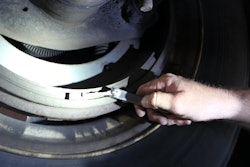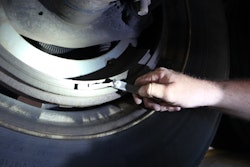It is said timing is everything, and the injection of fuel has always been a matter of timing. Add the proper amount of atomized diesel into a cylinder at just the right moment, and the engine responds with the cleanest burn and the best performance. This explains why engineers have been investing so much of their time on systems that deliver well-timed shots of fuel at extremely high pressures. The injection process has certainly come a long way.
The performance of traditional pump line nozzle systems was always directly dependent on the speed of the engine. At 0 rpm, the engine did not generate the pressure for an injection of fuel. Conversely, the top forces were only created at the top engine speed.
If the two points were plotted on a graph, there would be a straight line between the two, notes Tim Shick, director of business and product strategy for Navistar’s engine group. At lower engine speeds, it meant that the fuel was more likely to be delivered in the form of a slug of diesel rather than a fine mist, generating the puff of smoke that would spill from the stacks.
Enter electronic unit injectors that could deliver higher pressures across a wider range of operating speeds, regardless of whether the truck was accelerating or lugging. Those higher pressures are more important than ever before.
“The solution to meeting EPA ’10 [2010] emissions with good fuel economy is all about a high pressure fuel injection system and its ability to atomize the fuel. In general, the higher the injection pressure, the finer the atomization and the greater the fuel economy,” explains Ed Saxman, product manager, drivetrain, with Volvo Trucks North America. “High-pressure fuel injection minimizes the soot









